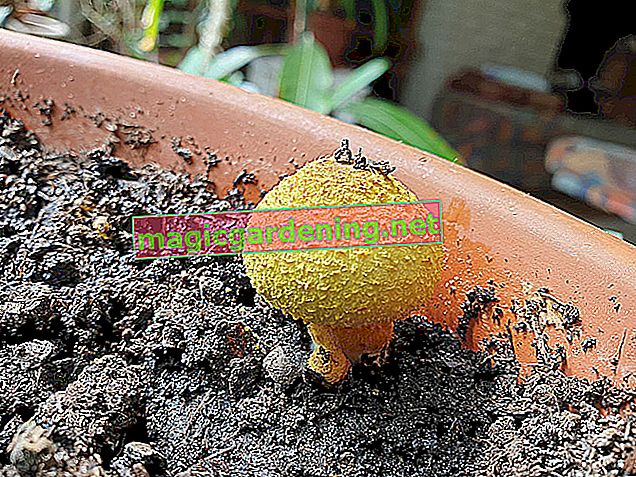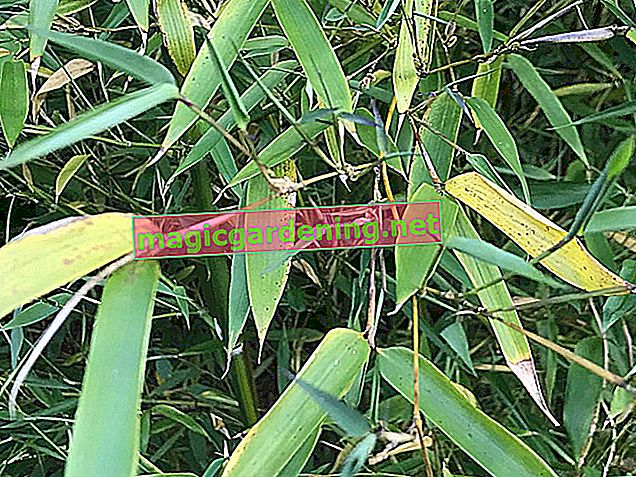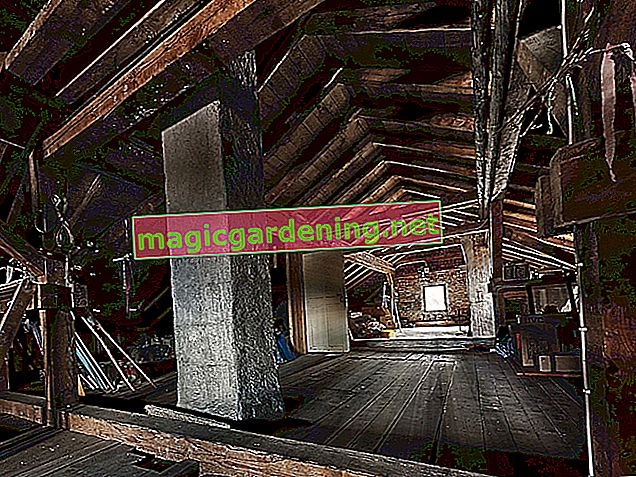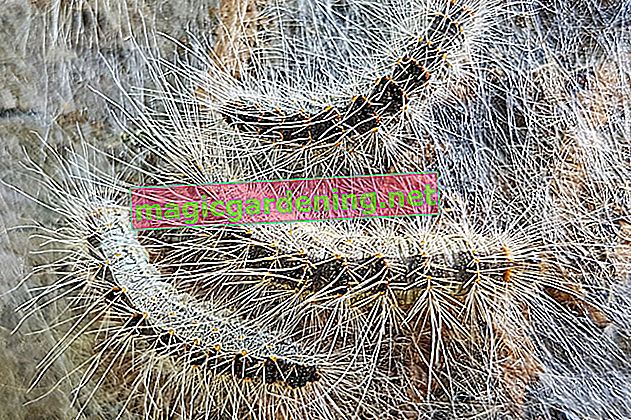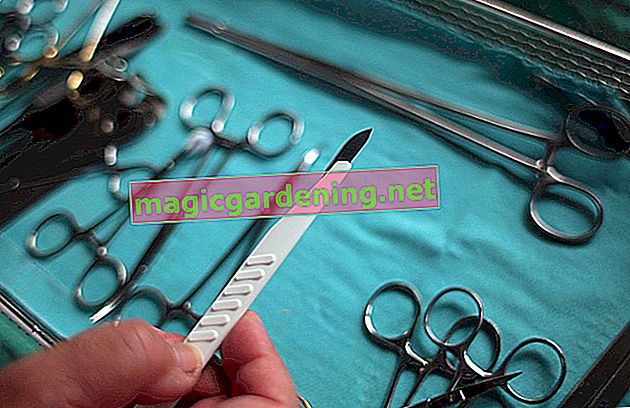
Trumpet tree is very easy on pruning
The trumpet tree not only tolerates a courageous cut very well, it is also recommended especially for young trees. Through regular, shaping pruning, young trumpet trees develop a beautiful, spreading and lush crown, and because of the increased growth of the shoots, they develop more and larger leaves. Older trees should be regularly rejuvenated by removing old and dead wood in favor of young, fresh shoots. This measure prevents gradual shedding of the tree.
also read
- Trumpet tree loves a sunny and warm location
- Trumpet tree: flowering time in summer
- Trumpet tree: The best time to plant is in spring
The optimal time
Two possible dates are suitable for a cutback, both of which have specific advantages and disadvantages. It is usually recommended to cut the trumpet tree in early spring - ergo before the first shoot. However, you have to be very careful, otherwise you will deprive yourself of the beautiful summer bloom. Trumpet trees already form their flower buds for the following year in the autumn before - and pruning in the spring harbors the risk that the flowering will subsequently fail. Instead, it is also possible to cut directly after flowering and before the new buds form, i.e. in August. This date is also better because catalpa should be pruned on a warm and dry day if possible.
Cut back the trumpet tree correctly
When cutting, it is not enough just to cut back all the shoots. You will quickly regret such a measure, because the trumpet tree will then most likely develop unsightly spider veins. It is better to proceed against it according to the following scheme:
- First the crown is thinned.
- Dead shoots that are too close together are cut directly at the base.
- Don't leave stumps standing!
- Now cut off inward and cross-growing shoots.
- All vertically growing water shoots are also removed.
- Stronger branches are first removed with a saw,
- then the wound is smoothed with a knife
- and treated with a wound closure agent.
Only work with sharp and disinfected cutting tools, as otherwise bacterial or fungicidal pathogens can penetrate through the now open wounds and cause great damage.
Why dare to cut the head tree?
A so-called head tree pruning - also called decapitation - is always useful if the trumpet tree cannot be saved in any other way due to storm or frost damage or a fungal disease. You can either cut the crown down to a few leading branches or even just down to the trunk. However, after such a measure you need a lot of patience until a new crown has formed. Incidentally, the leaves subsequently sprout much larger and more abundant.
Tips
In contrast to its big brother, the dwarf spherical trumpet tree shouldn't be cut so as not to impair the naturally growing spherical shape.



